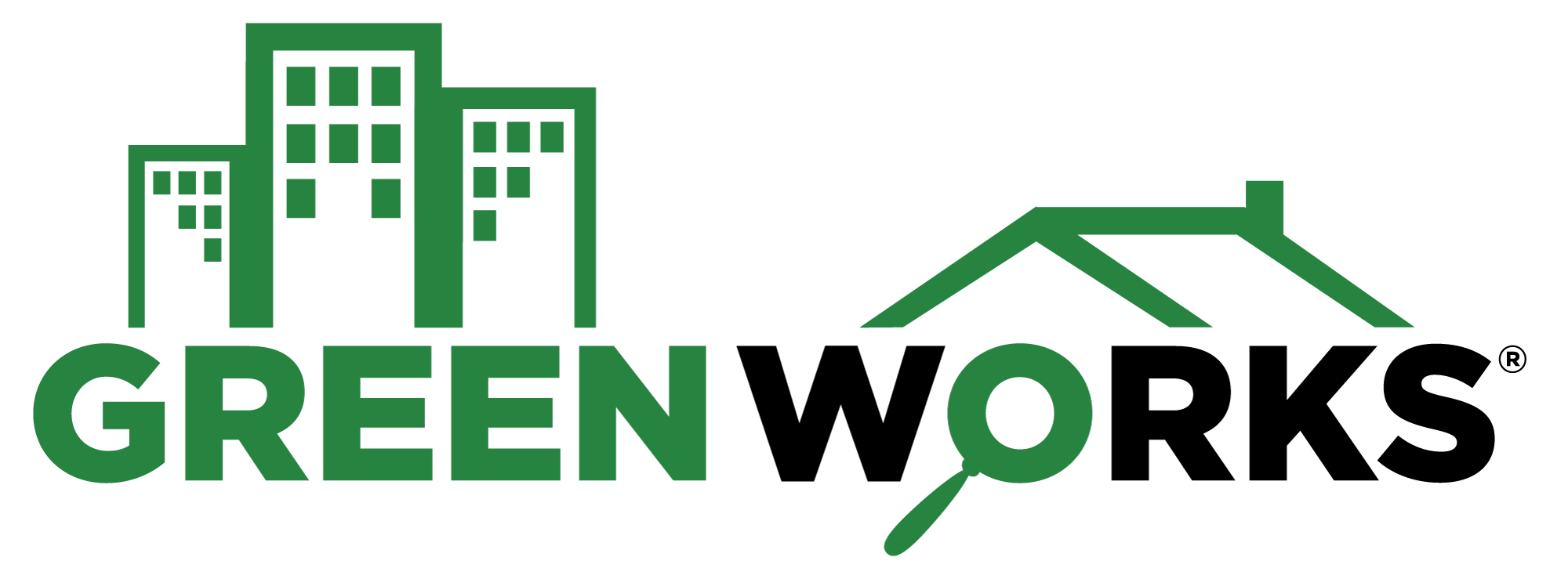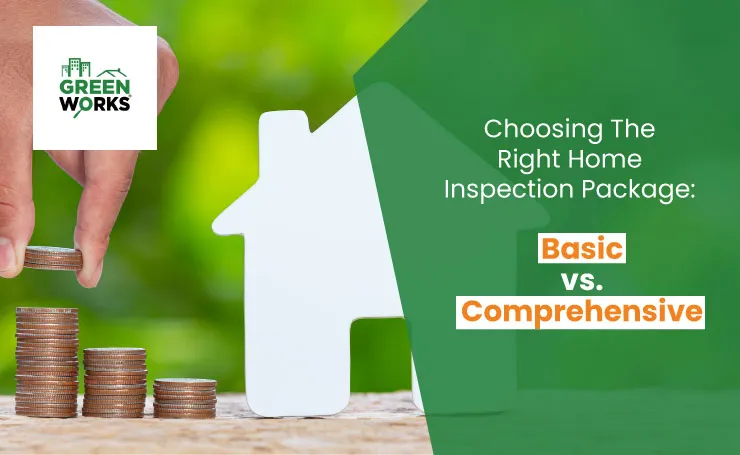Posts

The Pre-Sale Inspection Process: A Comprehensive Guide for Home Sellers
Selling a home is a major process that involves many steps. One step that is important but still overlooked is getting a home inspection before putting it on sale.
This is what we call a pre sale inspection.
This inspection lets you identify and address problems with your home before putting it on the market. Knowing your home’s condition upfront will help you ensure a smooth sales process. And potentially increase your home’s value.
The pre-sale inspection checklist includes a thorough review of your home from the interior to the exterior. It aims to uncover any issues or defects in your home that can compromise its stability or home marketability.
Commonly, buyers are considered more relevant to the inspections. But with pre-sale inspection, you’ll know it’s effective for sellers as well.
In this blog, Greenworks Inspections will take you through the pre-sale inspection checklist. We’ll also discuss exactly what is pre sale inspection. Read on for an in-depth look at what to expect from the pre-sale home inspection process as a seller.
Exactly What Is Pre Sale Inspection
A pre-sale home inspection is a detailed examination of a home’s condition. It is completed before the home is listed for sale on the market.
The pre-sale inspection process involves qualified home inspectors doing a walkthrough. And hands-on evaluation of the interior and exterior of the home. This way, the inspectors identify any issues, defects, or needed repairs in the home’s major systems and structure.
During the inspection, the home inspector will carefully examine different areas of your home. Including roof and attic, walls, ceilings, floors, windows, doors, and interior. They’ll assess the elements like the basement, foundation, and structural components.
Exterior elements are also covered, such as siding, decks, porches, pools, hot tubs, and drainage. The kitchen and its appliances, bathrooms, and fixtures – nothing can go unnoticed by your inspectors’ eyes.
They will also test your home’s systems for good physical and working conditions. This may include plumbing, electrical, and HVAC systems. Also, check your place’s insulation, ventilation, and energy efficiency.
The Pre-Sale Inspection Checklist
When getting a home inspection before selling, there are several major areas that are considered through the pre-sale inspection checklist. Knowing what aspects of the home will be under strict examination will help sellers prepare for it. Let’s go through each element of the pre-sale inspection checklist.
Exterior
Your home’s exterior will be thoroughly examined during the pre-sale inspection. The inspectors will look at the roof and gutters. They’ll examine the shingles, flashing, roof vents, and gutters for damage, leaks, and proper functioning.
The inspectors often examine roofs with binoculars and may even climb on the roof for a close evaluation. Some companies use cutting-edge technology, such as drone technology for aerial view, to conduct roof inspections.
For siding and trim, the inspectors will look for cracked, loose, or rotting siding materials. They will also notice any paint chipping, mold, mildew, or pest damage.
Any damage to windows and doors will also be noticed. The inspectors will notice any wear and tear to screens, frames, weather-stripping, and more. They’ll also test your windows and doors for proper functioning and locks.
The inspectors will also assess your garage doors and openers for proper functioning. They’ll examine all the outdoor structures for fences, sheds, and detached elements.
Interior
Your home’s interior will be evaluated room-by-room during the pre-sale inspection. From walls, ceilings, and flooring to kitchens and bathrooms, every element will be on the watch of your inspectors.
For walls and ceilings, your inspectors will look for any red flags. Such as cracks, water stains, and sagging. They’ll also look for the signs of pests like termites. Any uneven surfaces, squeaking, damaged flooring materials, and improper installation will also be pointed out.
Your inspectors will assess the doors and windows for proper functioning. They will report any issues like damaged screens and defects like rot and lock issues.
For the kitchen, they will test the appliances for proper functioning and outdated conditions. Any signs of leaks, pests, chipped paint, a damaged cabin, and other issues will also be highlighted. On the other hand, the inspectors will assess your bathroom and its fixtures. They’ll assess the functionality of toilets, showers, sinks, and ventilation. Any water damage, mold, and fixture defects will be pointed out.
Safety Features
Your home will be checked for several safety-related items. The inspectors will test the smoke and carbon monoxide detectors for its placement, functioning, and age. They will also check the presence and charging level of fire extinguishers.
The proper installation of handrails will also be inspected on stairs, decks, porches, etc. The proper enclosures, gate latches, signage, and other safety measures will be checked for pool or hot tub safety.
General Maintenance
Your home will also be inspected for general maintenance. So the buyers know how the home has been taken care of over time. The inspectors will highlight any existing or potential plumbing leaks. This may include water stains, mold, or rust stains.
The inspectors will also assess your HVAC system for any possible issues. Such as aging, poor functioning, or damage signs that show it’s time for repair or maintenance. They will also check your home for signs of termites, carpenter ants, cockroaches, rodents, or other pests.
Accessibility Features
During the pre-sale inspections, the inspectors will also look at the accessibility features of your home. This may include entryways, interior spaces, bathroom and kitchen spaces.
The inspectors will notice the ease of access to the home. They’ll observe the movability in interior spaces like hallways and rooms. They’ll also point out any accessibility issues in the other areas, like grab bars, shower benches, and adjustable countertops.
Knowing what aspects of the home will be inspected will allow sellers to do a pre-inspection survey themselves. They can then make repairs and improvements before the official inspection to avoid unwanted surprises.
The Bottom Line
Getting a pre-sale home inspection can be extremely beneficial for sellers. While inspections are commonly associated with buyers, they offer advantages on the selling side as well.
A pre-sale inspection before listing will allow you to learn about the current condition of your home. Rather than finding out about issues from the buyer’s inspector, you can be proactive later on. And address any defects, needed repairs, or safety concerns ahead of time.
Scroll through our blog section to learn more about inspections.




